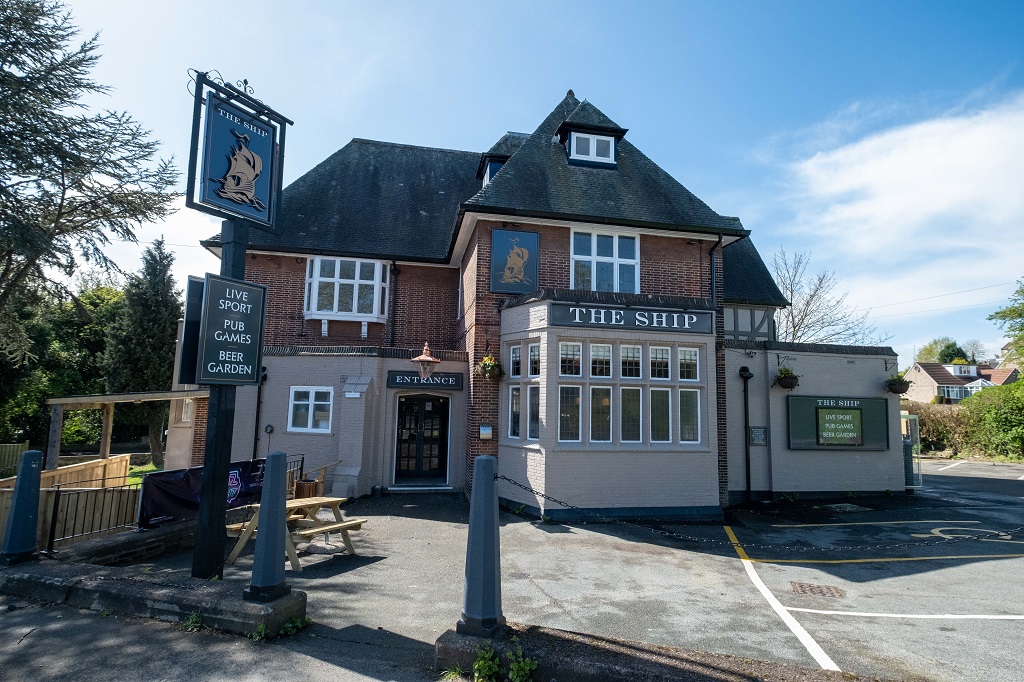Event Summary
Healthcare Property Update | Summary, slides + photos
Integrating healthcare with leisure and social uses, the North West’s huge potential to house the UK’s leading science and research clusters, and challenges in designing care homes fit for the future were the main themes which emerged at the Healthcare Property Update.
More than 150 people attended the event at the Science & Industry Museum, sponsored by AA Projects and Graham.
Speakers included Neil Murray, chief executive of Impact Data Metrics, Patrick Lowther, head of investment at Assura, Pete Rowe, associate director of Turley, Keith Hayes, framework director of Graham, Tom Renn, managing director of Manchester Science Partnerships, Mark Simpson, director of AA Projects, Sheldon Walsh, director of AFL Architects, Damian Utton, director of Pozzoni Architecture, and Vicky Saunders, managing director of BTP Architects.
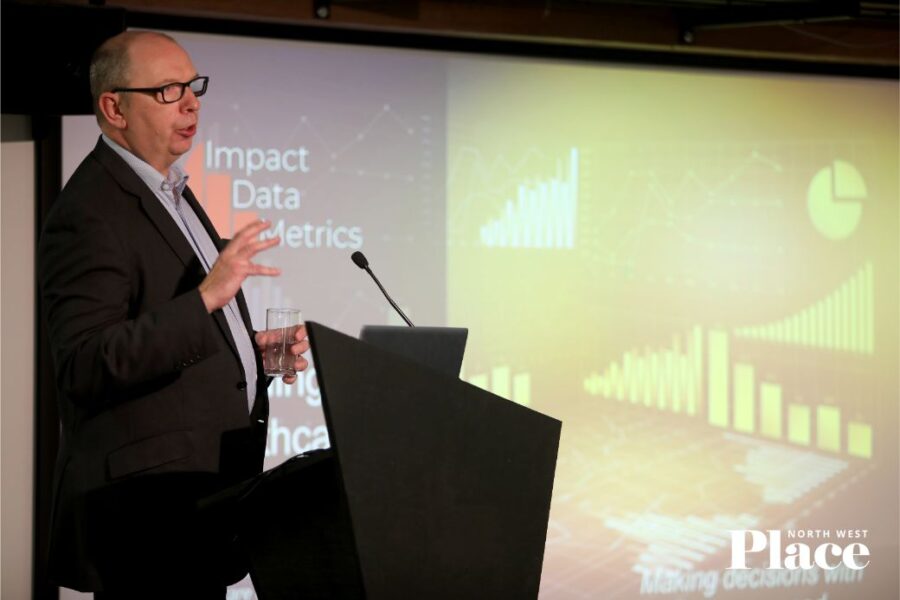
Neil Murray of Impact Data Metrics
Neil Murray, chief executive of Impact Data Metrics, kicked off with an analysis of what makes a successful healthcare cluster, and how the North West compares to the “gold standard” of Oxford and Cambridge.
Murray created a scorecard to compare the three locations based on attributes such as attractiveness to talent, research capabilities, availability of funding, and number of business spin-outs from universities.
According to Murray, there is obviously a strong knowledge-base in the region, however “it’s not just about the number of academic papers published, but the networks academics create and how far they stretch outside their regions. 87% of North West research stays in the region, whereas Oxford and Cambridge are much more outward looking.”
The North West is lacking in terms of turning university research into business spin-outs. Where there are start-ups, they’re very much concentrated in Manchester: “Liverpool is nowhere near as big as it should be considering size of the university.”
This isn’t due to lack of funding. Murray pointed out that a lot of money was going into the region’s academic sector; in fact the North West outranked Oxford and Cambridge in the amount of money poured into institutions.
“The region gets £20bn in terms of funding, so why does it rank third when it comes to company creation?” questioned Murray.
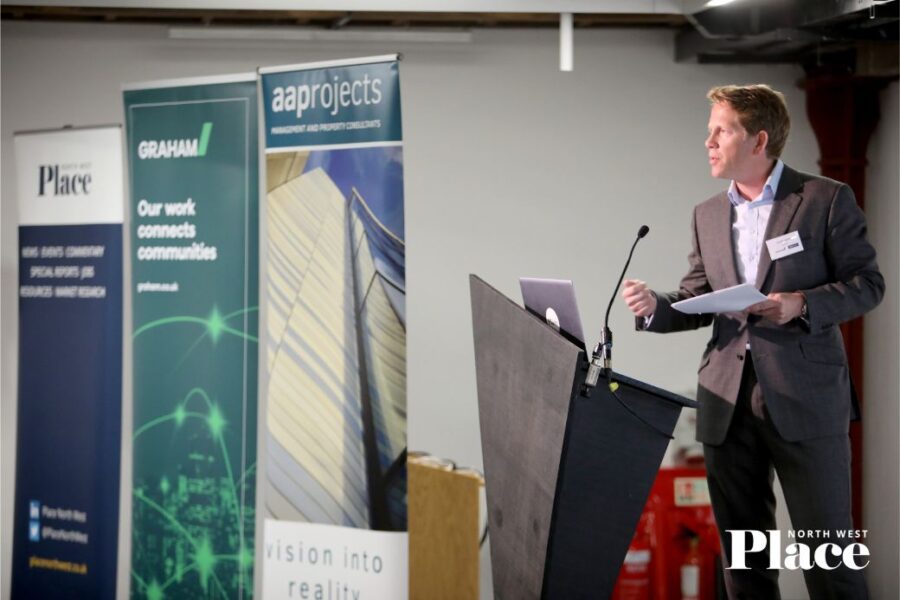
Patrick Lowther, Assura
Patrick Lowther, head of investment at Assura, gave an overview of the listed primary care developer and investor’s activity and approach to new developments
In building up a £2bn portfolio, Lowther said when considering acquisitions “the key for us is asking how important is that building to the local health economy.”
For new-build GP surgeries “our approach is to ensure the buildings are designed to keep people out of hospital, where their treatment is four times more expensive.”
Assura’s healthcare hubs co-locate of a variety of services, including GPs, diagnostics, mental health and sexual health clinics, pharmacies, and citizens advice bureaus. In addition, Lowther pointed to more alternative activities being location within primary care centres, known as “social prescribing” to help with mental health issues. “In Cornwall, we have health centres where kids are being prescribed surfing lessons, and we also have centres which hold cooking classes to encourage inclusivity.”
As Assura looks to fund its developments through raising equity on the capital markets, Lowther said an essential message to get across to investors was that the sector remains “low risk but high return”. There’s certainly the demand for investment, he pointed out, as in the North there is an immediate requirement for £2bn to be spent on improving primary care properties.
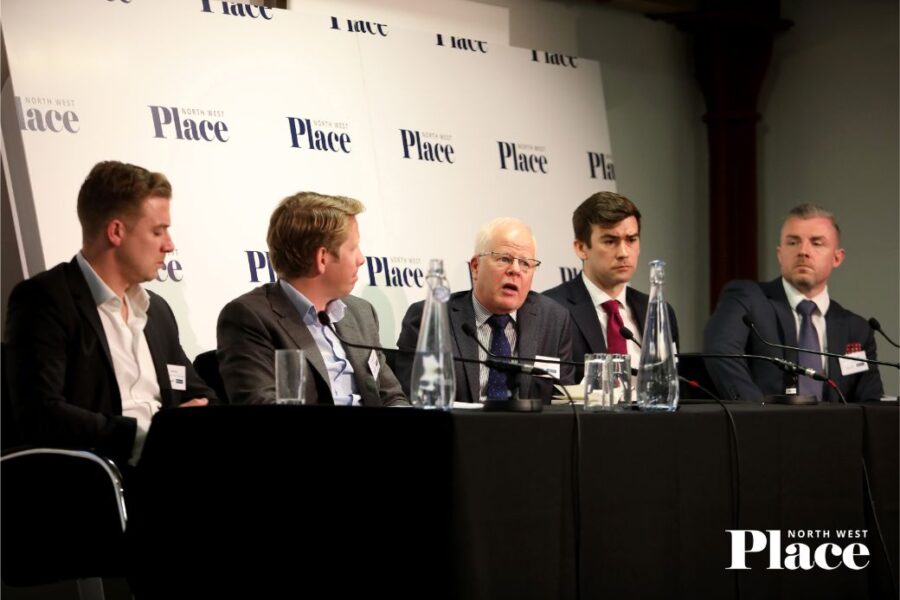
Lowther was joined on a panel by Tom Renn of MSP, Pete Rowe of Turley, Keith Hayes of Graham and Mark Simpson of AA Projects.
- MSP’s Alderley Park in Cheshire as an asset base “is magnificent” according to Renn, and a further £160m in investment is planned”
- Rather than seeing competition within the UK, Renn said: “We compete internationally… other countries can provide funding per job, we don’t have that war chest, so when companies are looking at Holland, Switzerland, China, there are different incentives, and the finances play a big part”
- Hayes said that the NHS had seen a “brain drain”. “Capital teams have a very difficult job, the role of the estates departments have been dumbed down, and the head of estates no longer has a place on the board as they should have”. However, he said the NHS “can act quickly when it wants to, what stops it is having capital”
- Simpson said that in advising NHS clients “integration with existing NHS teams, supporting them in their particular challenges – including tight budgets and operating in live clinical environments – is key”
- The Naylor Review made NHS Trusts “stand up and notice” said Simpson, however the approach of selling off land to raise income was potentially risky, as “land is an expensive commodity and they’re not making anymore of it. The NHS has a lot of assets, and we need to work with them”
- Backlog maintenance is a continuing problem in the NHS, said Hayes, with one Trust reaching £400m in costs. According to Simpson, the challenges arise as the NHS works on an annual budget “so it’s all about the quick wins, if you don’t use it you lose it, so there are a lot of sticking plasters, rather than dealing with the real issues”
- While some have suggested that GP surgeries could be the ideal filler for empty shop units in town centres, Lowther said this is harder to deliver in reality: “You get doctors at a certain age, and persuading them to move into more expensive premises and lose their parking – it’s not happening”
- Rowe suggested that it was a “myth” that town and city centres are dying, and increased residential populations “need to have healthcare facilities”. While he said he was against enforcing uses through legislation “this is a positive role for council planners to have, as they can make sure we’re putting healthy infrastructure in”
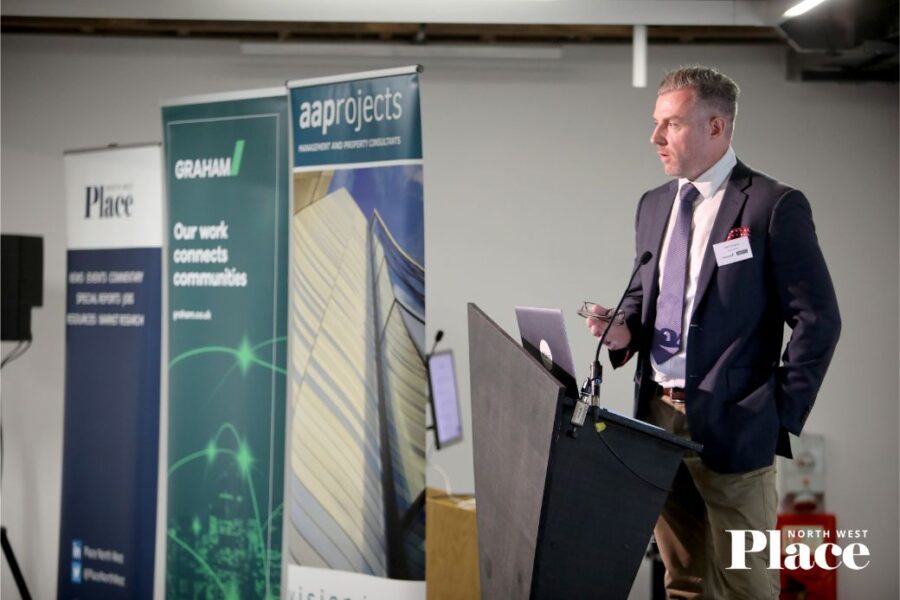
Mark Simpson, AA Projects
After a break Mark Simpson returned to give a presentation on community service asset mapping which AA Projects had developed, to advise NHS Trusts on whether the healthcare estate was meeting the needs of the surrounding community, and how it could operate more efficiently.
He said that mapping all of the assets allows an NHS Trust to see where there is multiplicity and duplication, so it can bring together services, co-locate, and potentially generate capital receipts and release land for homes . Ultimately though, any efficiency should be about ensuring the patient gets the “right care, in the right place, at the right time”.
While Simpson said it was essential that these decisions are made at a local level with the end user in mind, there was a major challenge in “aligning national perspectives… some areas have 10 strategic documents all saying different things about how care should be delivered.”
In one case, Simpson said asset mapping work with an NHS Trust revealed £2.7m of savings, 41 sites which could be sold generating £20m in capital receipts, and new ways services in the community could ease pressure on an acute care unit.
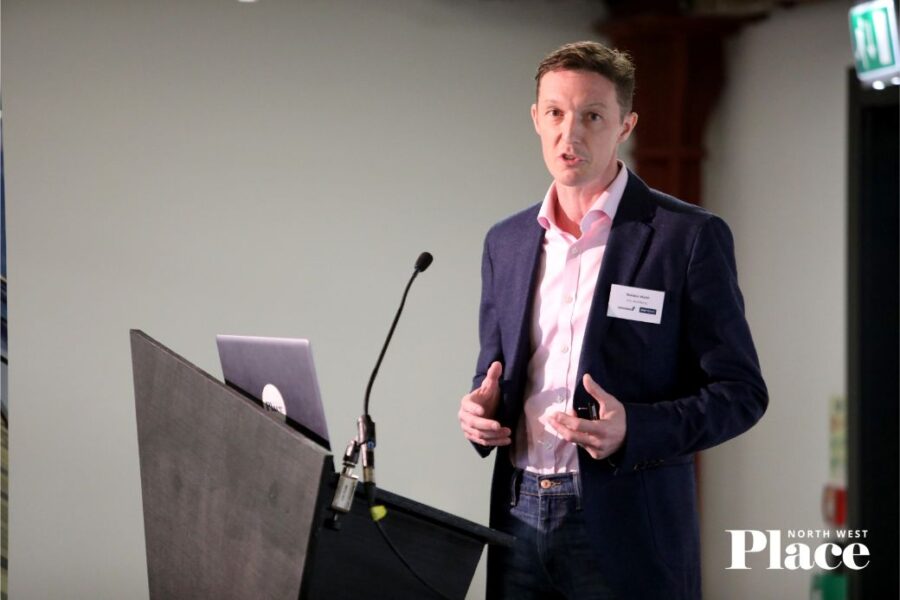
Sheldon Walsh, AFL Architects
Finally, architect Sheldon Walsh of AFL gave an overview of the practice’s various healthcare projects and some of the types of facilities being included.
While the number of hospital beds has halved over the past 30 years to 150,000, 50 million patients are being treated in their own homes.
Walsh said this increased care in the community and focus on wellbeing had led to a “growing recognition of the need to integrate social infrastructure, healthcare and commerce”, which was reflected in the practice’s designs.
Like Assura, Walsh said primary care facilities were seeing some unusual shared uses, such as at the Skelmersdale Health & Leisure Centre where 10 pin bowling and a climbing wall will be situated alongside outpatient and GP surgeries.
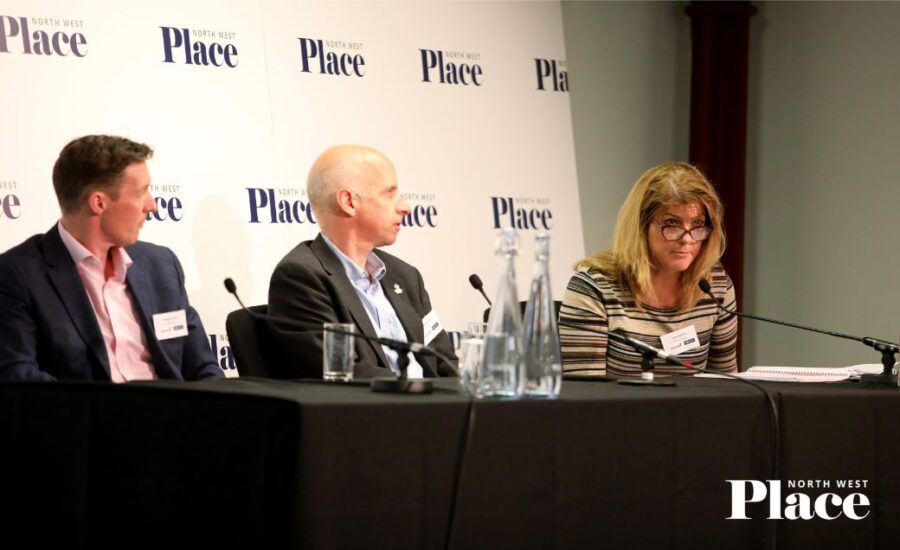
Vicky Saunders of BTP Architects
Damian Utton of Pozzoni and Vicky Saunders of BTP then joined Walsh for a panel discussing the architect’s role in designing for elderly and dementia care.
- Walsh said hospitals were also seeing an increase in variety of uses: “There’s a great deal of recent evidence for bringing in higher education uses and encouraging collaboration with NHS Trusts… there’s also a growing understanding that with high hospital footfall there’s opportunities for third party commercial offers, almost a virtual high street”
- Utton, whose clients include care provider Belong, travelled for six months to find international best practice in dementia design. “The most striking example was where dementia care is provided in a household model, with a group living together as a family, 12 bedrooms with lounge and kitchen. In Holland, they have their own weekly budget, to decide how they spend it”.
- Crucially, dementia design needs to “create a familiar environment, that’s domestic and humanscale. In Holland, they group people from similar backgrounds and design the homes accordingly… people who grow up rurally have farmyard courtyards, people from Rotterdam live in a townhouse”
- Saunders said it was essential to listen. “The golden thread of information is really important… listen to what staff, carers, users, require. To deliver a built environment, of wellbeing, holistic design, capturing the happy principles and providing long term accommodation to live as long as possible as independently as possible with dignity”
- While many providers want density on a site to make a project more viable: “You can’t warehouse individuals” because of budget, said Saunders, and building at height is not a good idea as “you don’t want people reliant on two lifts”.
- Good design can significantly impact efficiency of care, including fewer staff per patients, who are able to move around the building more easily. For Saunders, the solution can be simple: “At a scheme in Salford we created a circular route to promote safe wandering for residents, but also we found the design then required fewer staff as they could move between the residents more quickly”
- Utton said there was still the challenge of public perception: “It’s depressing the number of consultations you go to where residents have a mis-understanding about dementia, worrying about Grannies escaping down the road in their nighties”. According to Saunders “it’s about talking to communities, so everyone sees that these people are neighbours… we’re all going to receive illnesses throughout our lives, so we should be inclusive”
View the presentations on SlideShare here:
Neil Murray, Impact Data Metrics
Click any image below to launch gallery
- Neil Murray of Impact Data Metrics
- Neil Murray of Impact Data Metrics
- Patrick Lowther, Assura
- Patrick Lowther, Assura
- Patrick Lowther, Assura
- Charlie Schouten, Place North WEst
- Panel from left: Tom Renn, Patrick Lowther, Keith Hayes, Pete Rowe, Mark Simpson
- From left: Renn, Lowther, Hayes, Rowe, Simpson
- Peter Rowe, Turley
- Patrick Lowther, Assura
- Tom Renn, MSP
- Mark Simpson, AA Projects
- Mark Simpson, AA Projects
- Mark Simpson, AA Projects
- Sheldon Walsh, AFL Architects
- Sheldon Walsh, AFL Architects
- Panel, from lefT: Walsh, Utton, Saunders
- Damian Utton, Pozzoni
- Vicky Saunders of BTP Architects





























